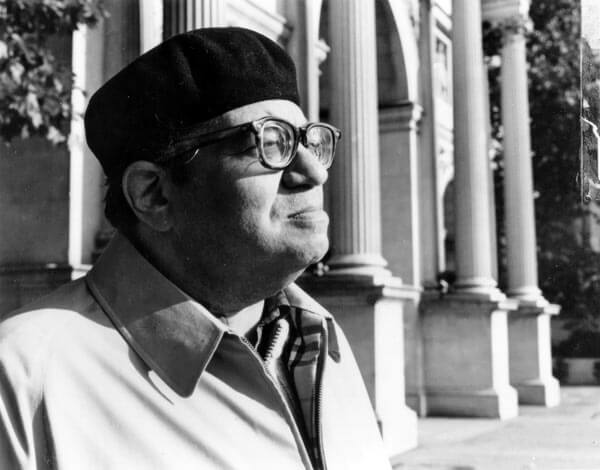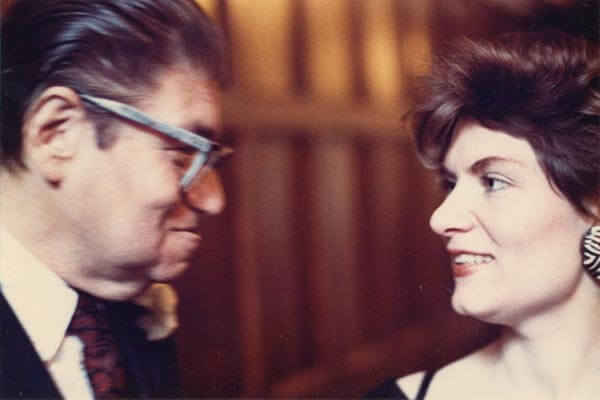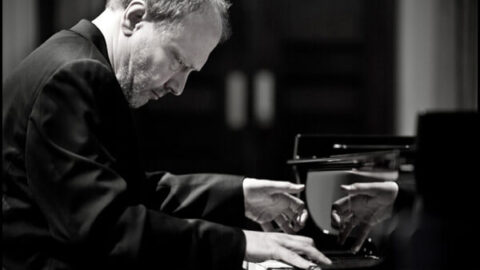 On Sunday afternoon, May 25, 2014, celebrated pianist-composer Marc-André Hamelin performed Morton Feldman’s expansive, penultimate work for solo piano, For Bunita Marcus (1985). The concert took place in the intimate Mazzoleni Concert Hall at the Royal Conservatory of Music in Toronto, as part of the inaugural 21C Music Festival.
On Sunday afternoon, May 25, 2014, celebrated pianist-composer Marc-André Hamelin performed Morton Feldman’s expansive, penultimate work for solo piano, For Bunita Marcus (1985). The concert took place in the intimate Mazzoleni Concert Hall at the Royal Conservatory of Music in Toronto, as part of the inaugural 21C Music Festival.
About 150 were in attendance, including several notable performers and composers, and one musically devoted former Governor General of Canada. Perhaps unsurprisingly, there was little youth or diversity on display, despite the location of the event in Toronto’s ethnically rich heart. This was an audience who seemed quite familiar with the repertoire and comfortable with the demands it placed on the listener, if they represented an elite sliver of the population.

I knew the piece through recordings by Hildegard Kleeb and Markus Hinterhäuser. My first live hearing, however, was nothing short of a rediscovery, thanks to Hamelin. I had brought a score with me, but reading it proved extraneous to the experience, while quiet page turns were out of the question.
There was plenty to absorb in Hamelin’s performance without any visual component. Having said that, the austere elegance of his hand movements was hard not to observe, his fingers perfectly placed to bring a lightness of touch to every note. Indeed, touch is key to Feldman. (Of his teacher Vera Maurina Press, the composer noted, “The way she would put her finger down… and produce a B-flat, and you wanted to faint.”)
Hamelin is known largely as a performer of virtuoso classical and romantic period music, perhaps less well known for his championing of twentieth century composers, and more recently known for his own technically difficult compositions. What might seem like overqualification was not at all wasted here, and not only regarding articulation. Feldman’s scores are notoriously difficult looking when it comes to rhythmic timing, filled with oddly rationalized, asymmetrical phrases. These are, however, part of a visual design that is not particularly audible; producing tension in the performer, and as a result, in the listener.

Dedicated to the eponymous composer – his close associate – For Bunita Marcus demonstrates several aspects of Feldman’s output. It is in a set of his pieces whose title is a dedication to notable figures in art, literature and music. At around eighty minutes it is among his long late works, where the focus is more on scale than form. It is predominantly chromatic and atonal, with stretches of diatonic but tonally static material taking a highlighted role (perhaps because of how we hear them). It is repetitive and reiterative, with figures being varied but not developed.
In these ways, it is not unique within Feldman’s late period, except that is the most sparing, texturally speaking. It consists predominantly of a string of single notes – exclusively so for the first quarter – with increasingly regular moments of simultaneity. “Melodic” might be a stretch; “monody” or “pointillism” would be off base; nevertheless, the ear may easily perceive each note discretely. (The composer’s most famous doodle is “Polyphony sucks.”)
If there is a structural thread, it is in the frequent recurrence of a single tetrachord (four adjacent notes within a scale, simplified here as B, C, D, E), which is broken apart and constantly varied in spelling, register and interval relationship as well as rhythm. One variation suggests mellow jazz; another, the natural minor scale; yet another, a cadential chord from Chopin, unresolved.
Mazzoleni’s wood and brick acoustics of should have been the ideal setting for the program, resonant and cool, but not cold. Given that the dynamic marking of For Bunita Marcus is triple piano throughout – the composer’s calling card – any ambient sound will permeate a hearing of the work. There was near silence from the audience, aside from a few rumbling tummies, thankfully rare coughs, and one inevitable moment of snoring from a man alone in the second row. Unfortunately, the air conditioning was not so quiet. The day was a temperate one and the system could have been turned off.
A bee chose to ascend to the ceiling in a tiny crescendo of buzzing during the lushest tonal passage, which was faintly amusing and not inappropriate.

But there were no drones on stage. Hamelin achieved the ideal Feldman musical image, one inspired by the modernist painters who were the composer’s deepest influence, that of a flat surface. Notes sounded with a minimum of attack and appeared almost sourceless. While all notes were sustained and faded into one another (except for two punctuation-like figures), there was never a wash of sound.
Instead, Hamelin created a dim halo, its volume and hue emitting a constant, sometimes-elusive energy. His colors were carefully muted; periodic octaves were illuminated with just the right intensity. We were compelled to listen into the music, to open our hearing all the way into an imaginary distance, toward the decaying sounds of Feldman’s “departing landscape.” In this sense, the audience participated in creating the composer’s scale-as-form, as one inhabits a massive architectural space.
Everyone in the hall remained in their seats to the end, with Hamelin receiving two curtain calls. These were well deserved, if the sustained applause was like a loud intrusion at the end of a meditation.
The 21C Music Festival was underwritten by benefactors Michael and Sonja Koerner, who have committed to a further four years. It is a welcome addition to Toronto’s arts culture, and will no doubt bring attention to the contemporary classical community.
























